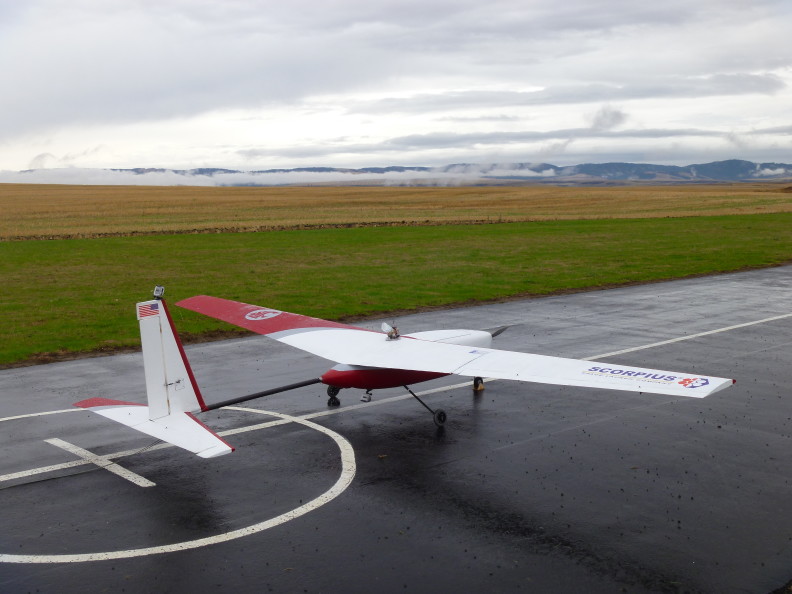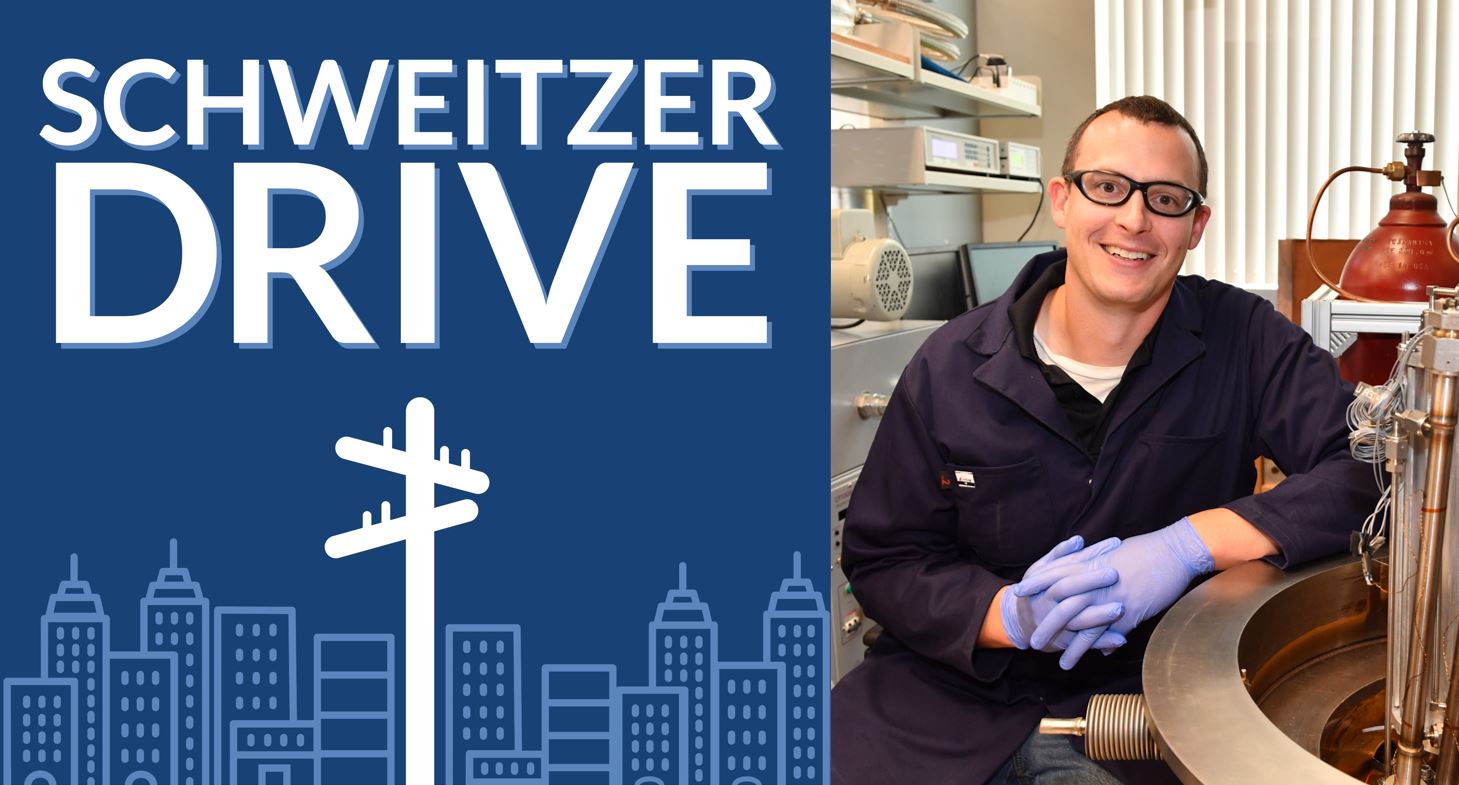Cool. Fuel.
The only cryogenic hydrogen research center in US academia.
Working with hydrogen safely so that others can too since 2010.

Innovations

Cryogenic Origami Bellows
Imagine the challenge of storing and reliably dispensing fuel at -421°F, the temperature of liquid hydrogen. Go one step further — try it in microgravity. Not hard enough? If a vapor bubble leaves the bottom of the tank you’ll explode the turbo of your engine.

Leidenfrost Dusting
Breakthrough innovations in spacesuit cleaning technology using liquid nitrogen. The Leidenfrost Effect has proven to remove lunar dust, making it a promising procedure in future long-term moon travel.

Genii
The first liquid hydrogen fueled drone by a University. Fourteen flights proved the airframe, electric propulsion, and guidance systems were working beautifully, and extensive ground testing and characterization of the hydrogen systems showed the fuel cell hydrogen powertrain was up to the task.
Interested in helping the lab? The HYPER Lab appreciates new partners for projects, on-campus work, and facility use. Get involved today.
Featured posts
-
Archie West from Airbus ZeroE Reflects on a Semester Placement in HYPER
Hydrogen must play a crucial role in humanity’s future. It is the universe’s most abundant element and boasts one of the best specific energy’s known to mankind. The UK government has set a target to be carbon neutral by 2050, my company Airbus, currently contributes to global carbon dioxide emissions, finding a zero-emissions fuel is imperative for a sustainable world. This passion led me to HYPER, where I hoped to be inspired and gain deep technical insights to contribute towards this sustainable future of aviation.
The day before arriving in Pullman, Washington, USA, I was apprehensive. I was moving 5305 miles to a town I … » More …
Read Story -
Cool Fuel — Weeping over Weep Ports
This is a pre-print article from my “Cool Fuel” column published bi-monthly in Cold Facts — The Magazine of the Cryogenic Society of America.
The worst safety event we’ve had in the HYPER Center occurred back on a sunny morning in August of 2016 when a bird flew into a substation and knocked out power to campus. Normally this wouldn’t have been an issue but on this particular morning we were prepared to do a liquid hydrogen test and had one of our experiments full. When the power shutoff, so did our cryocooler allowing heat to reach liquid and boil, rapidly pressurizing our storage … » More …
Read Story -
Magic in the lab — and how to give a good tour
I extracted the smoking flower and slammed it against the table — shattering it into bits. The audience (20 or so elementary school kids amassed in the Uniontown library) ooohed. About 15 seconds later is when the real magical happened — the anthers (the parts of the flower that make pollen) lying on the table began to jump, like jumping beans, around the shattered remnants. I could tell that the anthers were snap-through buckling due to thermal expansion, and the geometry was allowing some of them to spring off the table. It was transformational and the audience couldn’t get enough of it. I hope many … » More …
Read Story -
Come join the HYPER Center!
We use HYPER- as a prefix for a reason, we’re rapidly changing. What started in 2010 as the first and only cryogenic hydrogen research lab in US academia is expanding into the first cryogenic hydrogen research center in the world. Why the change? New HYPER faculty and staff.
New Faculty
Professor Konstantin Matveev has joined HYPER as a faculty affiliate. Konstantin’s expertise is fluid-surface phenomena that he investigates using experimental, reduced order modeling, and computational fluid dynamics techniques. Two-phase hydrogen is notoriously difficult. Konstantin has previous experience with cryogenics having completed a post-doc at Los Alamos on thermoacoustic cryocooler systems.
The School of Mechanical … » More …
Read Story -
A good bit of kit
Engineers are expensive. It’s my job to train them to be effective returns on that investment. If you hired an engineer to perform a task, and they showed up without the proper instruments, tools, or equipment for a specific purpose, would you hire them again? Enter a wonderfully simple word:
There might not be a more simple, yet important word in the English dictionary. You’re likely benefiting from kits of various forms right now and unaware:
Wallets/purses/billfolds/backpacks
Read Story
Lunch box
Dresser<br ... » More … -
SEL Drive Podcast on Cool Fuel
Schweitzer Engineering Laboratories (SEL) CEO Dave Whitehead interviewed me for their SEL Drive podcast series on energy and the electric grid. You can listen to the interview using one of the following links/services:
The SEL Website: Cool Fuel: A Future for Green Hydrogen in the Pacific Northwest (selinc.com)
Apple Podcasts: <a title="Original URL: https://urldefense.com/v3/__https://podcasts.apple.com/us/podcast/cool-fuel-a-future-for-green-hydrogen-in-the/id1527481570?i=1000615026752__;!!JmPEgBY0HMszNaDT!umGko7d1qX9qp6HQWJ3RPFCVt-ijh48pgqrX0hAZ8qHD81GZfQ-2Upu7AdepngUbs_Ys6fSgLBo6EMk_xr6WC1zz7FFlyn1s$. Click or tap if you trust this ... » More …
Read Story -
Code to code. Build to build.
A sage mentor once told me, “Write code to write code.”
The most valuable part is not the outcome of the code itself. The biggest effort multiplier is the process that allows the code to be made by many others in an error-proofed way. Writing code to write code not only accomplishes what you originally set out to do, but trains many how to do the same years into the future.
Learn one. Do one. Teach one.
So when I tell the lab that we need more workspaces, I’m not telling them to build a workbench, testbench, designbench, or studybench. I’m telling them “build to … » More …
Read Story -
What our alumni say
The WSU Media team recently became the first outside group allowed to shoot onsite in Blue Origin’s 20 year history. HYPER alumni had a few important things to say. Check out the first highlight video and the following three individual alumni feature videos for Jordan Raymond, Ron Bliesner, and Chelsea Crabb. You’ll find out why they chose to study the coolest fuel in the universe (hydrogen) at HYPER and why you should too!
Read Story -
Doing our best
Two months ago I was at a WSU Women’s Basketball game with my 9 year old. Trailing most of the game, they fought back and missed a shot to tie at the buzzer.
9 year old: “What was the point? They lost anyways.”
Me: “They kept fighting until the end. They did their best. All you can do is your best.”
9 year old: “But how do I know if my best will be good enough? What if it isn’t?”
Me: “You don’t know. You can’t control whether your best is good enough. All you can control is whether you are doing your best. See … » More …
Read Story -
Cool Fuel: The class I needed
(This is a preprint of my column “Cool Fuel” for Cold Facts, the magazine of the Cryogenic Society of America.)
Flash back for a moment to that time in college when the professor had a typo on the assignment that caused you to lose a night in frustration. Anger, fatigue, and disrespect come to mind as you stormed to class the next day, handed in the assignment, and pointed out the mistake, now corrected. The professor, unmoved by the display, proceeds to pull up the original research publication on which the assignment was based, where the same error appears, an error, sans erratum, that … » More …
Read Story




